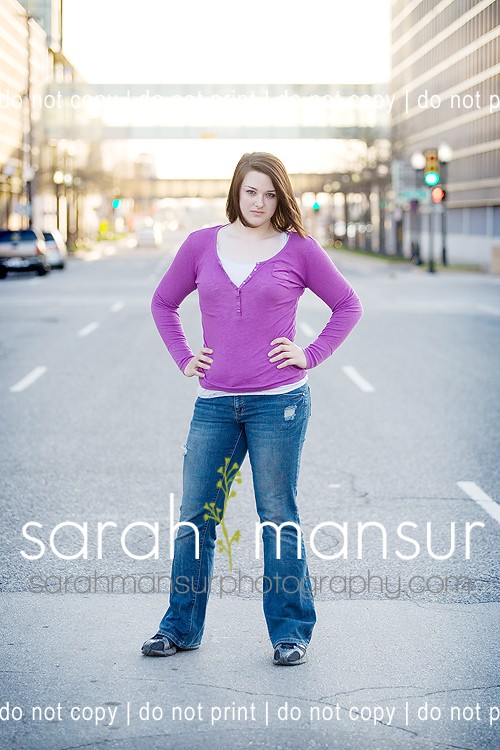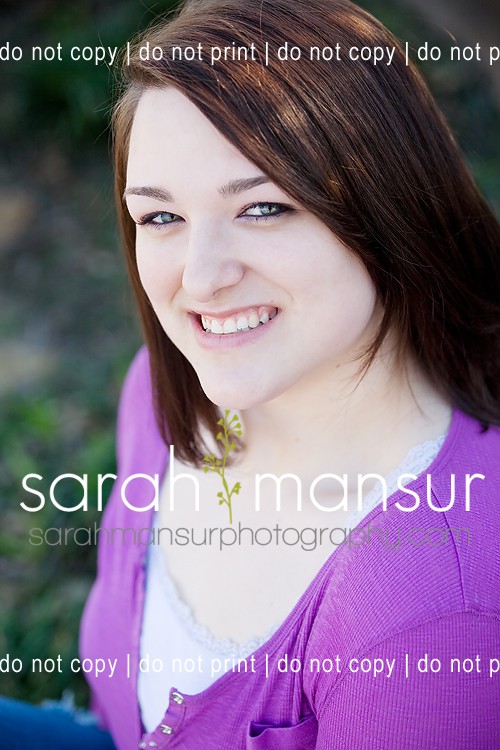DScience
No longer a newbie, moving up!
- Joined
- Apr 12, 2009
- Messages
- 1,513
- Reaction score
- 122
- Location
- Denver, CO
- Can others edit my Photos
- Photos NOT OK to edit
I am soon going to get the Nikon 35mm f/1.8G AF-S DX Wide Angle Auto Focus, and I want to get your opinions on how different the DOF would be with this lens compared to the one I used to take the following pic. The lens that I took this pic with is the Nikon 18-55mm lens in my sig. What i'm curious is how much more blurry the out of focus stuff will be compared to this pic. Thanks for your input.





![[No title]](/data/xfmg/thumbnail/40/40287-4f839095000f74d779b90ed75df9dc62.jpg?1734174702)
![[No title]](/data/xfmg/thumbnail/40/40286-86401b94de8b01bea8bb4ea154aaea0a.jpg?1734174701)




![[No title]](/data/xfmg/thumbnail/40/40412-73276feced223de99c761fc2cc279db5.jpg?1734174867)


![[No title]](/data/xfmg/thumbnail/40/40284-f59f6230f0d5b9eacf977f8b0392f087.jpg?1734174694)

